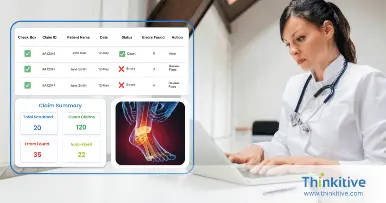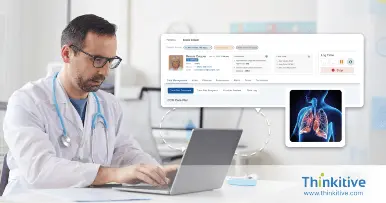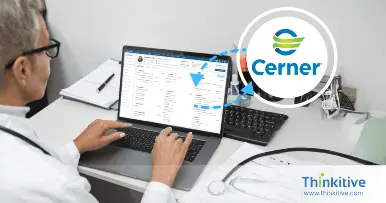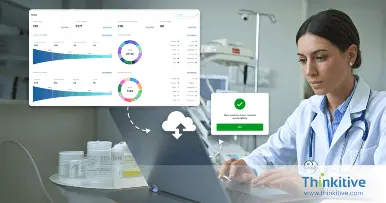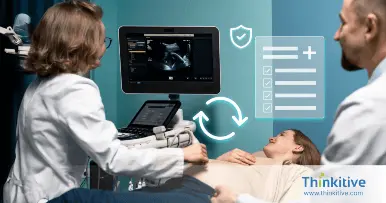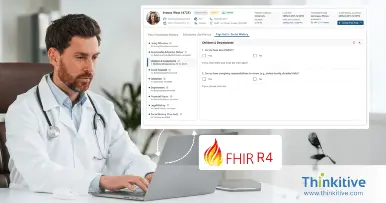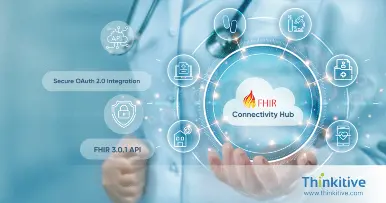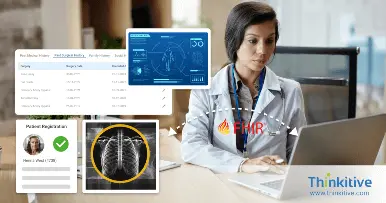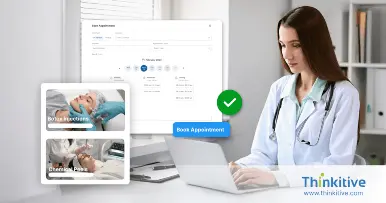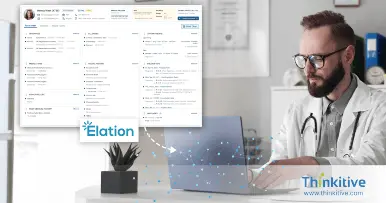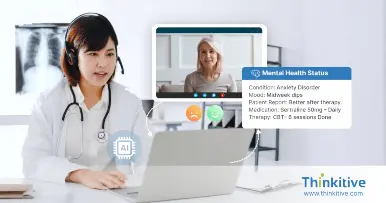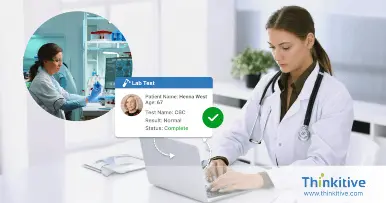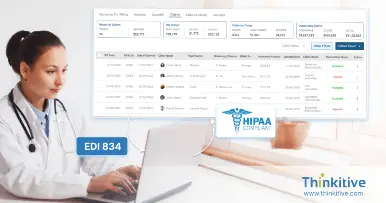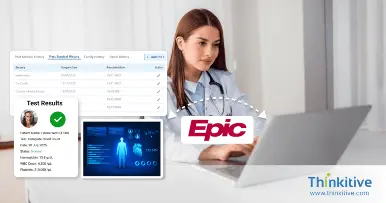Business Challenges
- Lack of Standardization Across EHR Platforms
- Patient data is scattered across different systems
- Retrieving patient information took too much time
- Disconnected data across platforms
- Limited Interoperability
Solution
- Centralized Data Repository
- A unified view of patient records across EHR systems
- Real-Time Data Synchronization
- Utilized HL7 and FHIR protocols for compatibility
- Seamless Integration with Existing Systems
Results
- Real-time synchronization reduced delays by 70%.
- Reduced clinical errors by 30% through unified patient data.
- Automated workflows reduced manual processes by 60%.
- Data retrieval speed improved by 3x, minimizing delays.
- HL7 and FHIR protocols achieved 100% data compatibility.
Why the Integration Bridge Was Key:
To overcome these challenges, an Integration Bridge was implemented to connect the various EHR systems. This healthcare system integration bridge allowed seamless communication between disparate platforms, enabling real-time data synchronization across systems. This bridge ensured the push and pull of patient data between systems, providing healthcare providers with immediate access to up-to-date patient information.
The integration bridge addressed key pain points like:
- Real-time data access across multiple EHR platforms
- Elimination of data silos, providing a comprehensive patient view
- Improved interoperability, ensuring seamless data exchange
- Faster clinical decision-making, enhancing overall care delivery
Solution Provided (Technical Aspects - Step-by-Step)
Step 1: Assessment and Planning
- The project began with a detailed assessment of the existing EHR systems. The client's healthcare network operated multiple EHR systems, each with unique data structures and protocols.
- A thorough analysis was conducted to identify the key data points that needed to be integrated, such as patient demographics, medical history, medication records, and test results.
Step 2: Implementing the Integration Bridge
- Integration Bridge Setup: The integration bridge was deployed as the central system to connect all the EHR platforms. The bridge was designed to pull data from each EHR system and push it into a unified repository.
- Data Mapping and Standardization: Standard data exchange protocols such as HL7 and FHIR were used to map data across systems, ensuring consistent data formatting and synchronization. This mapping was essential for maintaining the integrity of patient records as they moved between different platforms.
Step 3: Real-Time Data Synchronization
- Data Synchronization Engine: A synchronization engine was set up to push updates to the centralized repository in real-time. Any change made in one EHR system (such as a new diagnosis or lab result) was immediately reflected across all connected systems.
- API Integration: Application Programming Interfaces (APIs) were used to facilitate the real-time push and pull of data between the EHR integration bridge. This ensured that the systems remained continuously updated without requiring manual intervention.
Step 4: Testing, Monitoring, and Optimization
- Testing and Validation: The integration bridge underwent rigorous testing to ensure accurate data exchange and synchronization. Test cases were run to simulate real-world scenarios and ensure that the systems integrated smoothly without data loss.
- Monitoring and Feedback: Continuous monitoring was implemented to track system performance and resolve any issues. Feedback loops were established to gather insights from healthcare providers about the integration’s impact on workflows.
- Optimization: Based on feedback, the system was optimized to improve performance and ensure scalability, allowing for future system integrations as the client expanded.
The integration bridge successfully addressed the client's challenges by providing real-time access to comprehensive, up-to-date patient data across various EHR systems. Healthcare providers were able to retrieve and update patient records without delay, leading to improved clinical decision-making and enhanced patient care
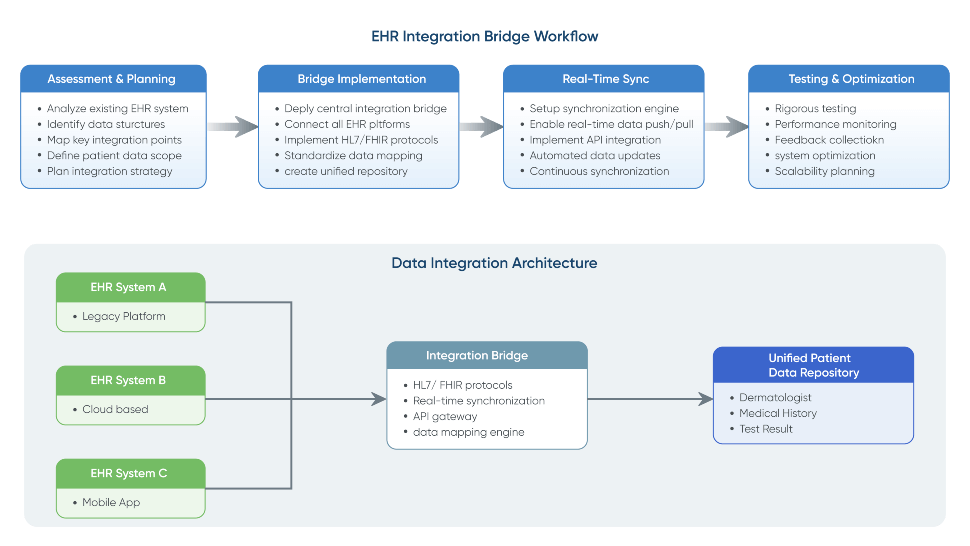
Business Value
Improving UX
Helped being on the same page with the patients. We improved User experience and made the accuracy of the results higher.
Developing All Flow
Helped in having a competitive advantage. We chose a proper tech stack, developed all flow from A to Z and implemented in real life.
Optimization
Increasing operational speed by 2 times. Now all data in one place. Increasing operational speed by 2 times. Now all data in one place.
Transform Your Business with Powerful Insights Enabled by Cutting- Edge Generative AI




